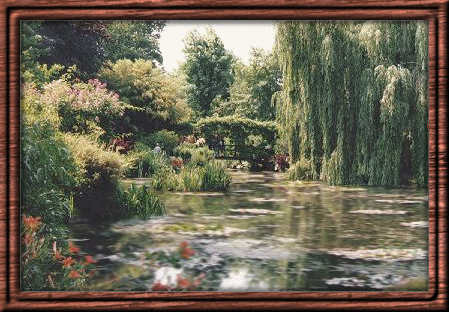Steve Adams Geology
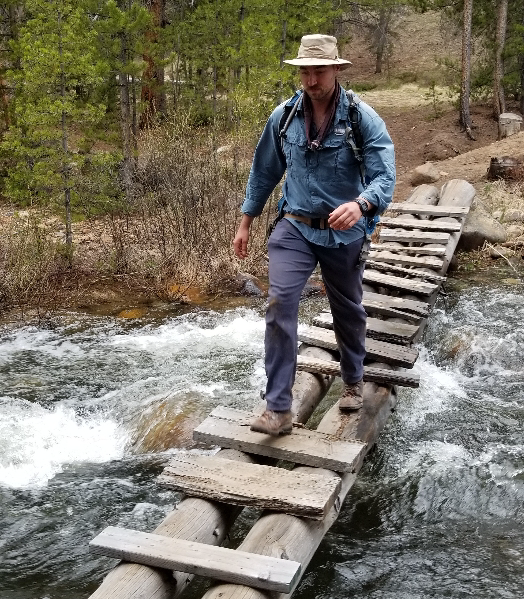
Bio
Thanks for visiting my site. I’m Steve Adams, a PhD student at the University of Oklahoma working with Dr. Lynn Soreghan (advisor) in the School of Geosciences. Currently I study the formation of dust-sized particles by conducting experiments designed to replicate natural erosional processes. Additionally I have interests in planetary geology, geoscience education, and the application of geology to advance human efforts in sustainable development.
I am from Evansville Indiana. After high school I enlisted in the United States Marine Corps. I served as an Embassy Guard for several years and began attending classes online at American Military University. After being honorably discharged I continued online classes while living abroad in Namibia. Eventually I returned to the United States to study at Indiana University where I received a BS in Geology.
If you have any questions contact me at: Steven.M.Adams-1@ou.edu.
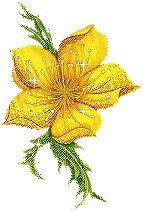
CV
Recent Abstracts and Presentations
- Scaling Results of Experimental Silt Production by Aeolian Abrasion, What Depositional Rate is Required for Loess Formation?, ICDP Deep Dust Workshop, 2019
- Results of Experimental Aeolian Saltation and Implications for the Interpretation of Loess Deposits, GSA Annual Meeting 2019
- Measuring the Relative Contribution of Aeolian Saltation to Desert Silt Production, GSA Annual Meeting 2018
Awards and Recognition
- Raymond Ben Shawn Endowed Scholarship, 2019, 2020
- Frank Gouin Scholarship, 2019
- Roberson Research Grant, 2019
- Sun Geology & Geophysics Scholarship, 2018
- Stan Cunningham Excellence in Teaching Award, 2018
- GSA Graduate Student Research Grant 2017
- SEPM Student Research Grant, 2017
- Ben Hare Excellence in Research Award, 2017
- Harold Kleen Memorial Geology & Geophysics Endowed Fellowship, 2016
- Judson Mead Scholarship recipient, 2015
- Honorable Discharge as a Sergeant from the U.S. Marine Corps, 2012
Education
- PhD Student Geology August 2018-Present
- MS Geology, University of Oklahoma, Norman, OK August 2016-May 2018
- BS Geology, Indiana University, Bloomington, IN August 2013-May 2016
- Undergraduate Studies, American Military University, Charlestown, WV December 2009-August 2013
Teaching Assistant Positions
University of Oklahoma
- Depositional Systems and Stratigraphy (Fall 2016, 2017, 2018, 2020)
- Field Methods (Spring 2017, 2018, 2019, 2020)
- Field Camp (Summer 2017, 2018, 2019, 2020)
Indiana University
- Field Camp (Summer 2016)
Current Projects
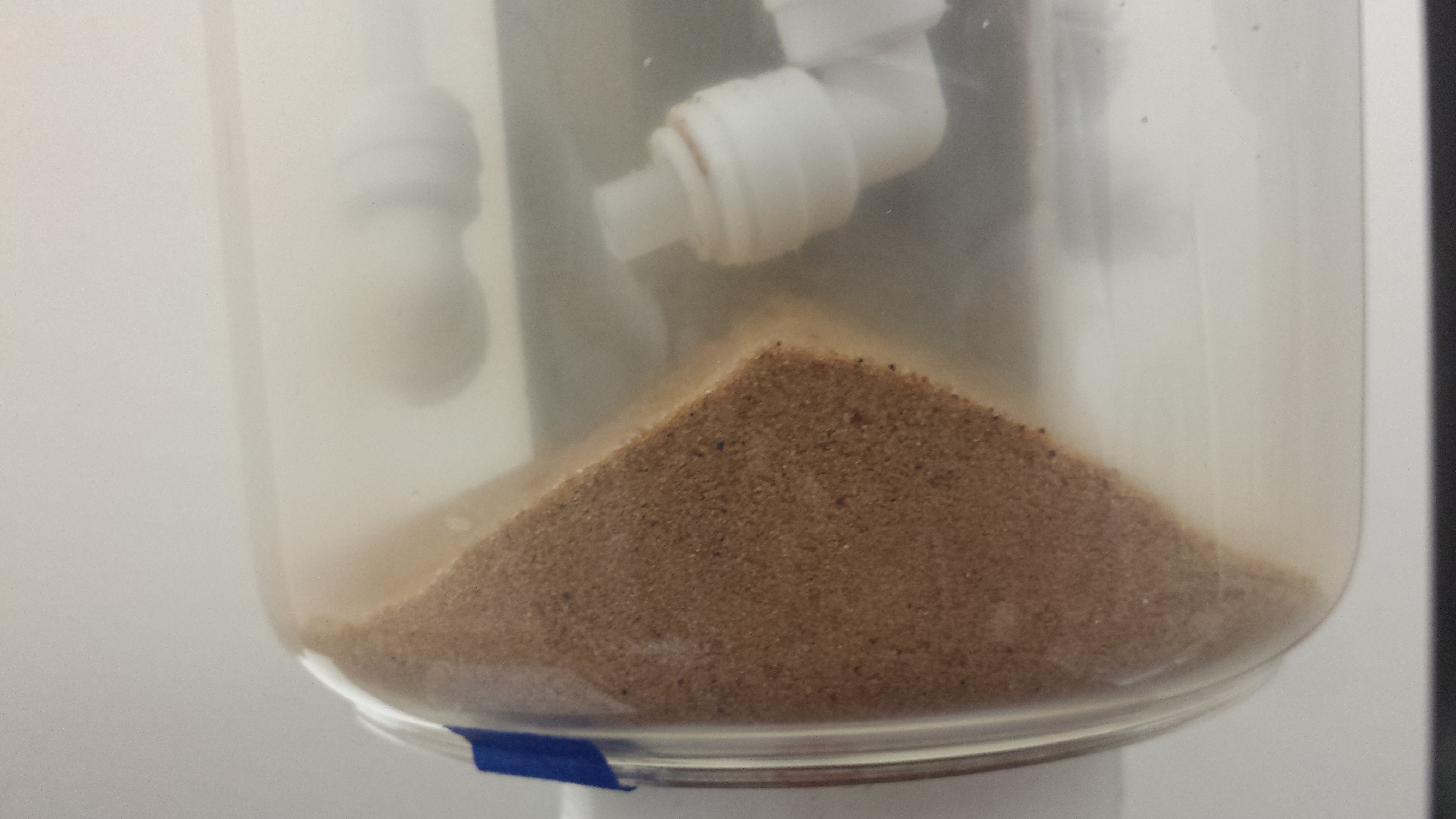
Eolian Abrasion of Basalt Sands
These experiments are designed to investigate the amount of dust-sized particles produced by basalt sand saltating at storm wind speeds. These experiments are conducted inside a new abrasion chamber that is designed to accommodate a wide range of grain sizes. Previous experiments were limited to coarser sand. The results of this project will give us a better understanding of the potential for basalt sand to generate dust, which will have implications for the amount of dust produced on Mars and the early Earth.
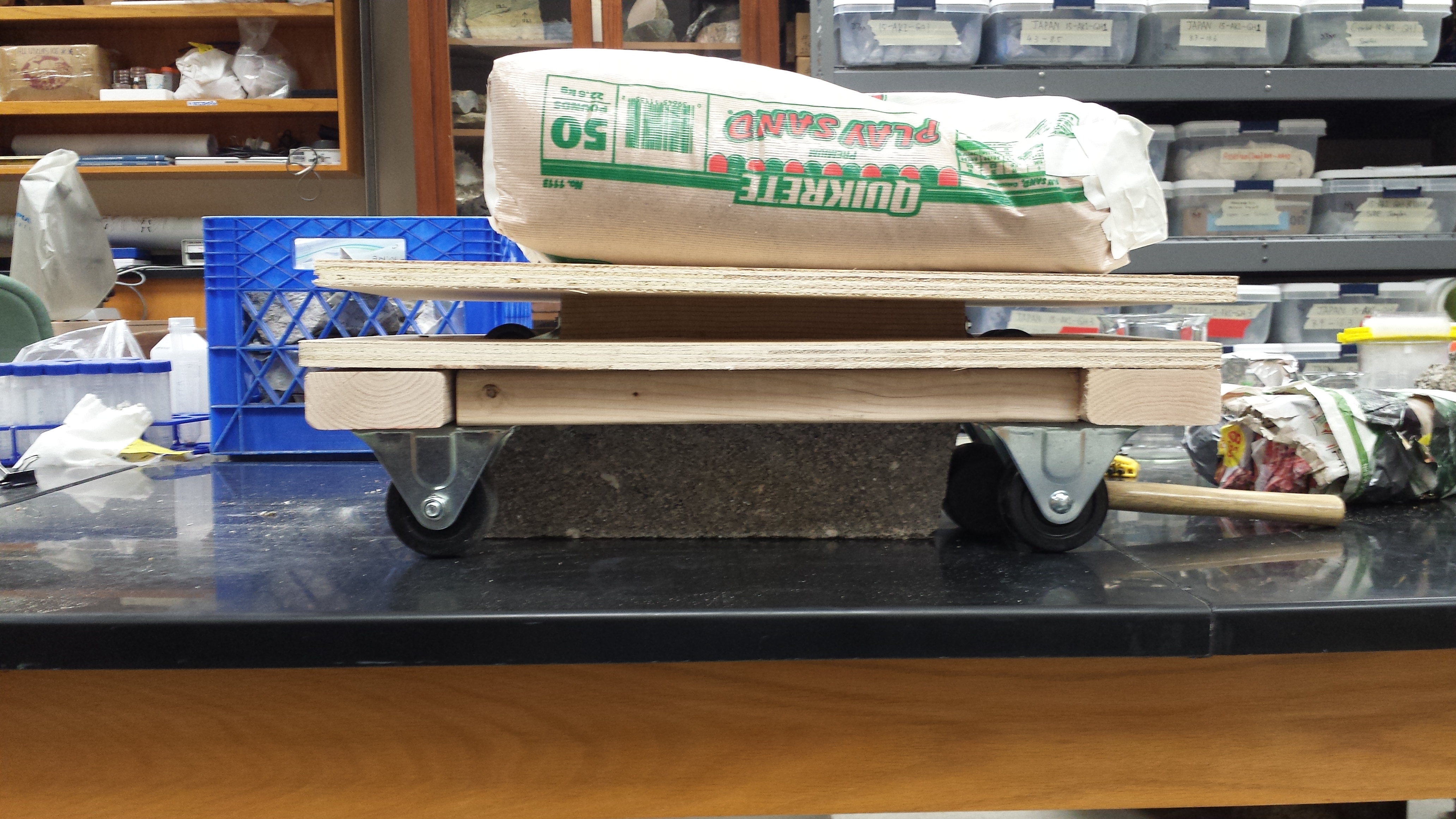
Glacial Grinding Experiments
Glacial grinding experiments are being conducted using a variety of lithologies to determine the volume and grain-size distribution of clasts made. Previous experiments have not produced fine grained clasts when attempting to replicate the process of glacial grinding. However fine particles are abundant in pro-glacial sediments. These experiments utilize a new design that is capable of replicating the force of alpine glaciers grinding rocks in the lab. Our results will have implications regarding the volume of fine sediment that can be produced by glaciers.
Past Projects
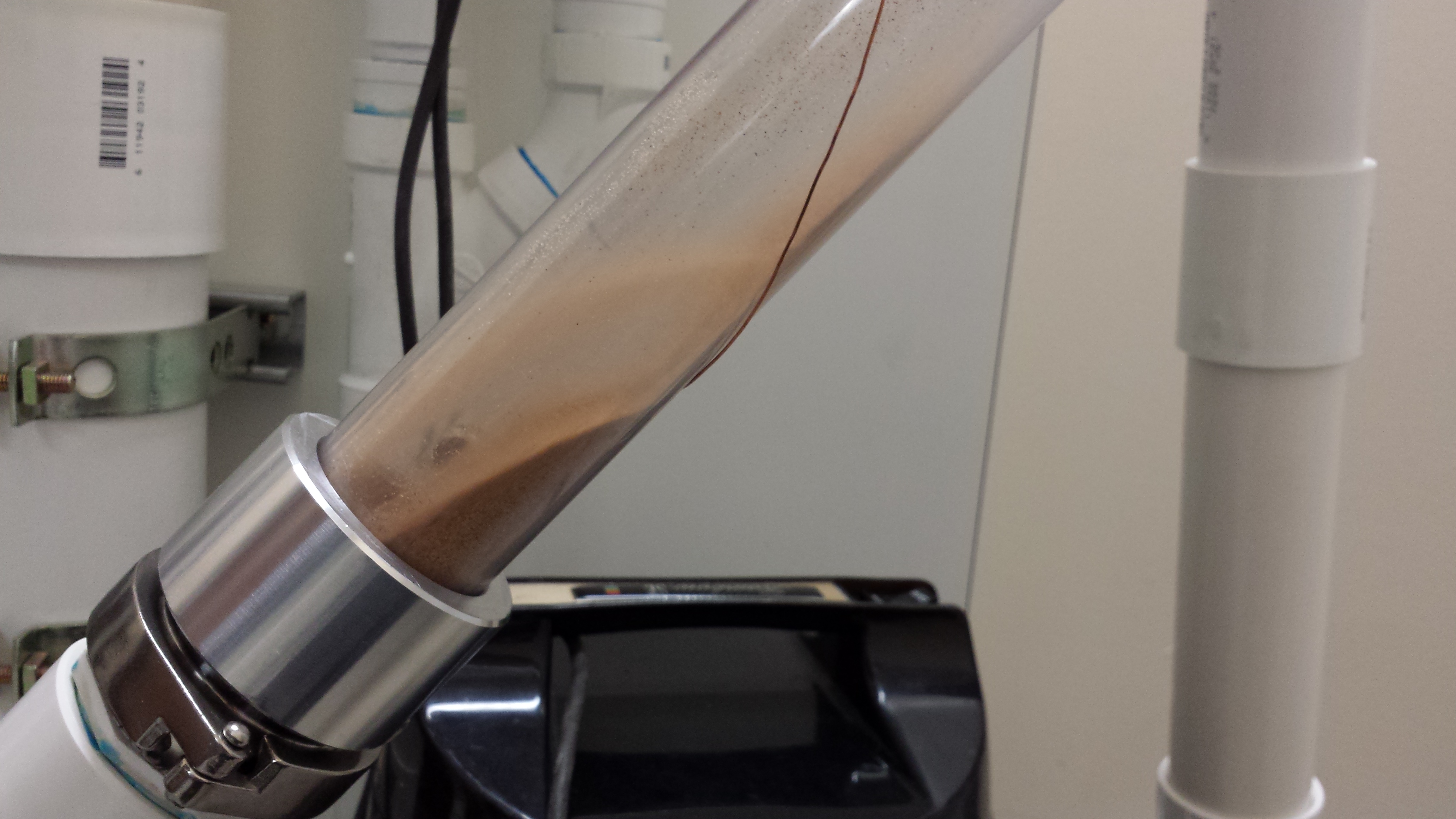
Eolian Abrasion of Desert Dune Sand
Experiments were conducted to replicate saltation of dune sand at storm wind velocities. Unlike previous experiments conducted in the past, we used a new experimental device capable of monitoring air speed inside the chamber. We found that the volume of silt produced via saltation of sand at these extreme wind speeds was very low, and that the rate of production is unlikely to be sufficient to supply enough silt to accumulate as extensive loess deposits. Results have been recently published and can be viewed following the link below.
Steven M. Adams, Gerilyn S. Soreghan; A test of the efficacy of sand saltation for silt production: Implications for the interpretation of loess. Geology, 2020, doi: https://doi.org/10.1130/G47282.1Academic Interests

Human Space Exploration
From a very young age I have been interested in human space exploration. This interest has persisted into adulthood, and I find the lack of advancement in this field disappointing to say the least. I intend to use my background in geoscience to contribute to advancing our ability to explore the solar system and find knowledge and resources that will raise the quality of life for humanity.
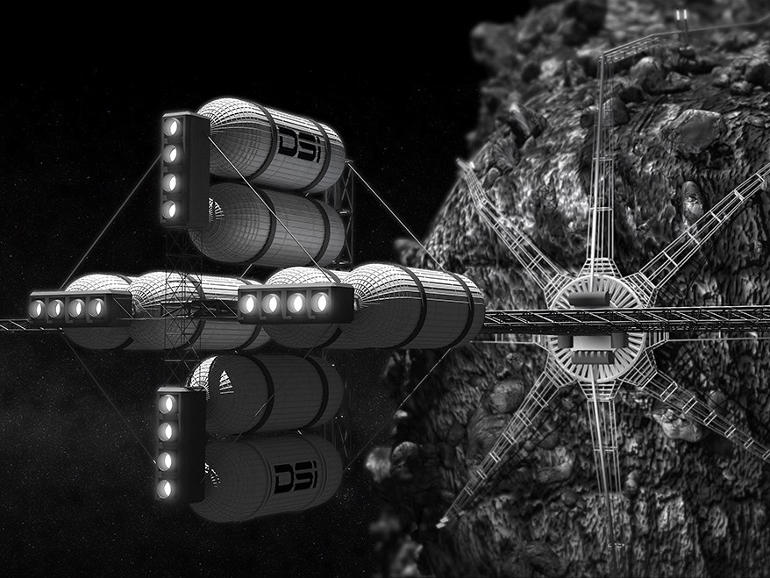
Asteroid Mining
I believe asteroid mining should be a priority for humanity as it has the potential to provide abundant resources without the negative environmental consequences of terrestrial mining. Geoscientists will play a key role in advancing this field. I believe advanced terrestrial remote sensing technology should be employed to locate near earth asteroids with resources we could use on earth and in orbit.
Education tools
As a graduate student I have had the opportunity to teach many students geoscience skills, and I have enjoyed it greatly. Many times, I have come across challenges presenting information in a way that reached all students. I enjoy overcoming these challenges and developing new tools to help students learn. Recently I have developed a geological protractor that assists teaching students spatial skills while mapping in the field, as well as giving them a tactile cue and confidence to put data on their maps, which has always been a challenge. This summer I had the opportunity to build new tools to teach filed camp remotely online due to COVID-19. Working with Dr. Shannon Dulin, and Alicia Bonar, we created an online mapping and stratigraphy projects based in our traditional field locations in Colorado.

Geoscience and humans
While studying geology I have noticed that the general public has a huge appetite for geoscience but is generally underserved. Currently, there is an enormous opportunity to provide resources and inspiration for the public to learn more about the world around them via geoscience. I believe part of the reason the public is less involved with geoscience is that they are unaware how their interests in the past align with geoscience. I intend to spend more time developing ways to reach the public and engage them with geoscience that aligns with their interests. Areas that I have identified already are geomorphology, geochronology and geoarcheology. The public is quite interested in the history of our ancestors, unanswered questions surrounding human origins, cataclysmic geological events over the course of human existence, and enigmatic stonework constructions. Geoscience has the ability to fuel their curiosity and provide skills and resources so they can study the world around them and find the answers they seek.



